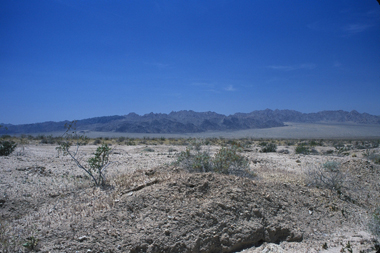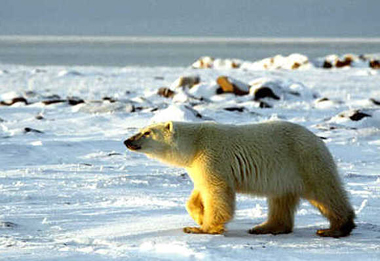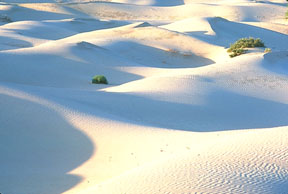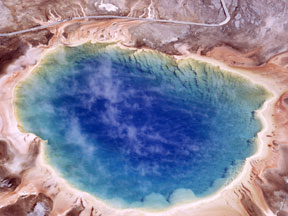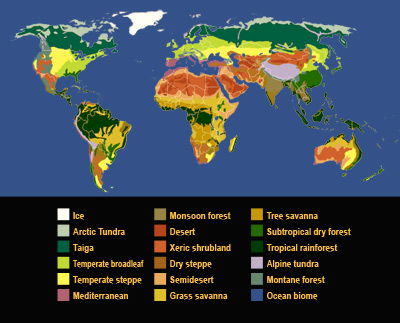Click on image for full size
NASA
Related links:
Extreme Environments - Temperature and Moisture
Extreme Environments - Acid, Radiation, and More!
Extremophiles - Creatures That Live in Extreme Environments
Climate Science from the Southeast Pacific Crossword Puzzle
Microbe Survives in Ocean's Deepest Realm, Thanks to Genetic Adaptations
Extreme Environments
It is easy for living creatures to survive and grow in some places. Other places make it tough for life to get by. Scientists call places that are hard on life "extreme environments".
What kinds of places are "extreme environments"? Some that you may know about are deserts, mountain peaks, caves, and frozen places like the Arctic and Antarctic. Some environments are very hot or very cold, extremely dry, or both. Other extreme environments are filled with acids, are blasted with radiation, are under high pressure, or are tough places for most living things in lots of different ways.
Just because an environment is extreme doesn't mean there is no life there. Certain creatures can live and grow in extreme environments. Scientists have a special name for creatures that live in extreme environments. They are called "extremophiles".
Some environments are extreme in more than one way. Most deserts are both hot and dry. The Dry Valleys in Antarctica are very cold and dry. Some hot springs have acids in them and are nearly boiling hot. Hydrothermal vents on the sea floor don't get any sunlight, shoot out hot water filled with harsh chemicals, and are weighed down by the crushing pressure of the deep oceans.
When Earth was young, most environments on our planet were extreme compared to today. Environments on many other planets and moons within our Solar System and beyond are also extreme. In the last few decades, scientists have discovered life in extreme environments on Earth where they had thought it would be impossible for creatures to survive. Those discoveries made scientists more interested in studying extremophiles. Studying life in extreme environments may help us learn more about the history of life on Earth. It may also help us learn about the possibility of life on other worlds. Some extreme environments on Earth are a lot like extreme environments on other planets. Sometimes scientists test instruments for detecting life in extreme environments on Earth before they send them to other planets on space missions. For example, some instruments that are now on robots on Mars were first tested in the very, very dry Atacama Desert in Chile.







